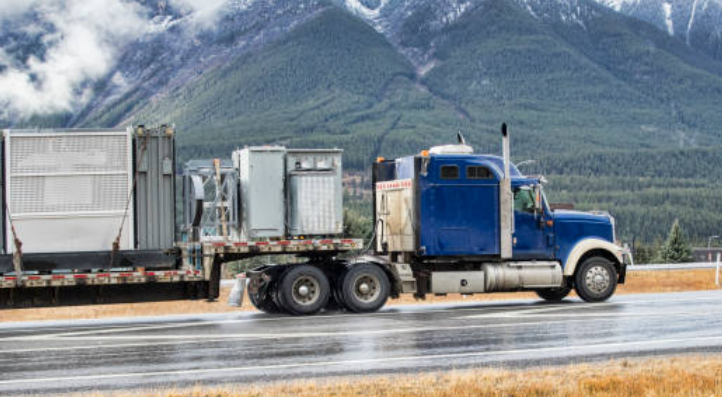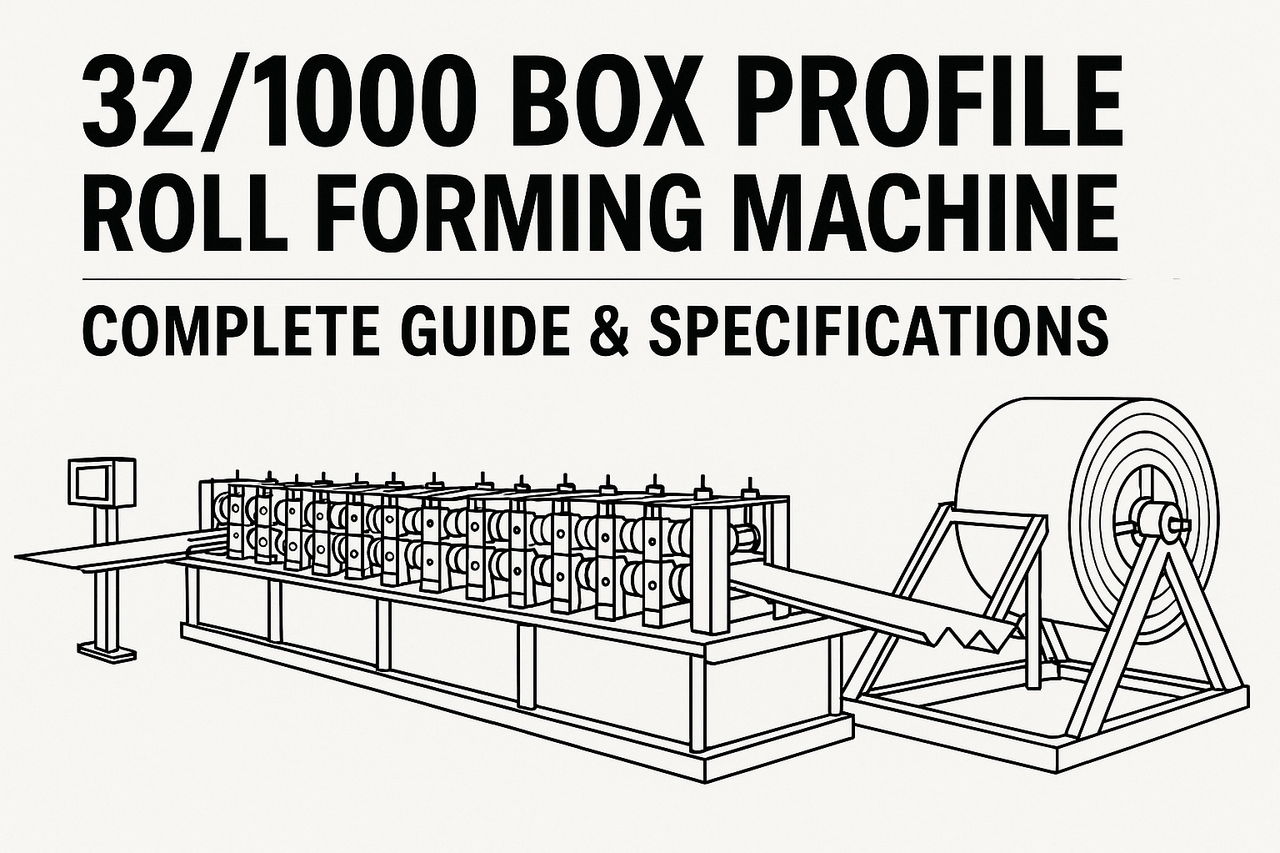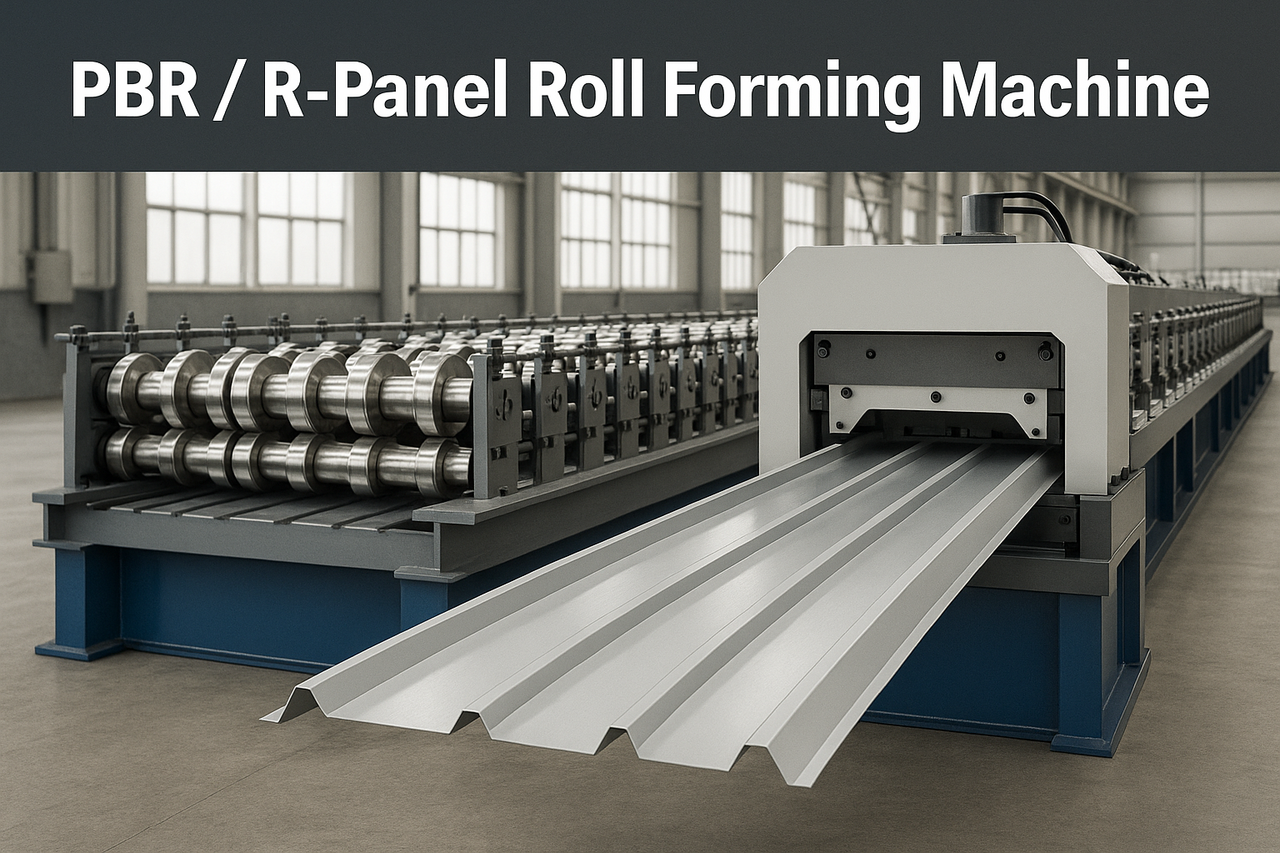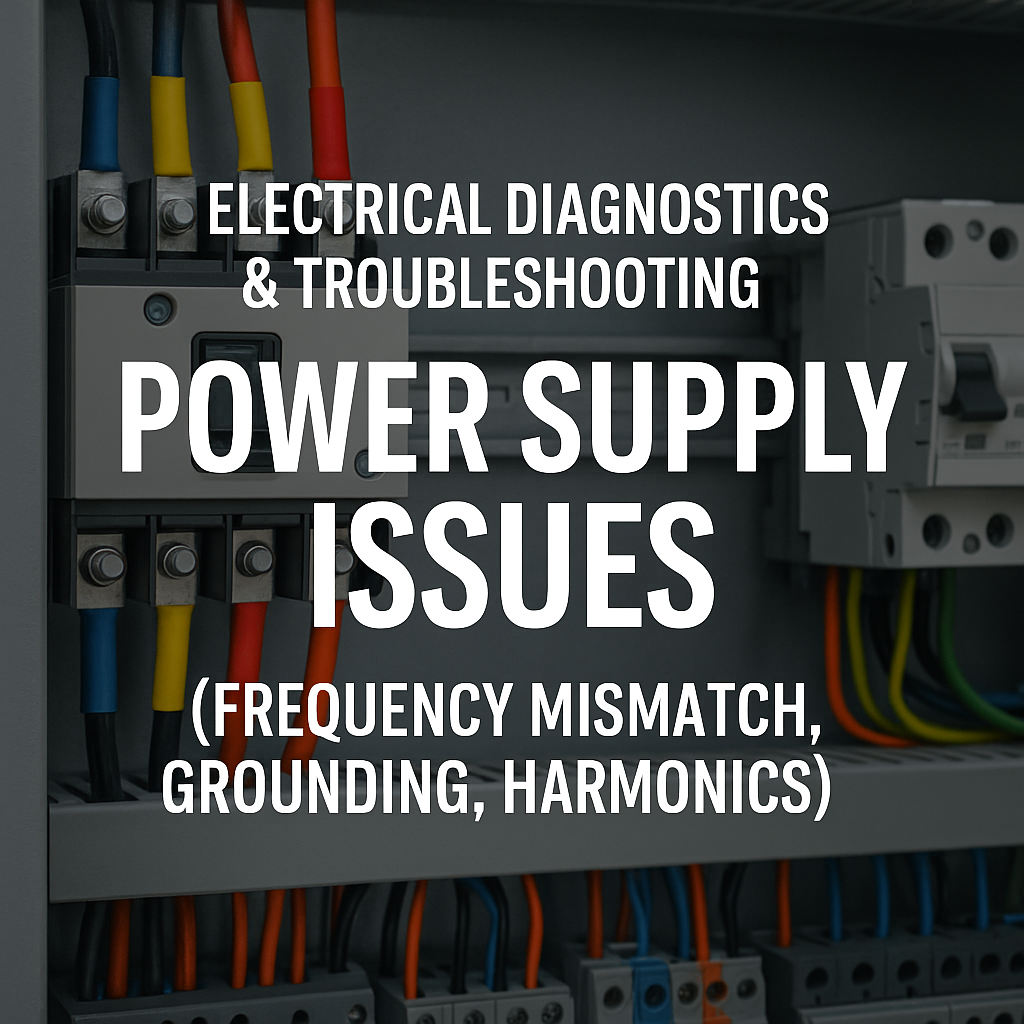
Posted on Saturday, September 28, 2024
Moving a roll forming machine requires careful planning and professional rigging techniques. Whether it's relocating a machine to another facility or setting it up at a new job site, understanding the complexities of moving large and heavy equipment ensures that the operation is completed efficiently and safely.
2. Pre-Move Preparations: Planning and Risk Assessment
Before moving, it’s crucial to conduct a thorough risk assessment and develop a detailed plan. This involves:
3. Selecting the Right Equipment for the Job
Choosing the correct rigging equipment is key to a successful move. This includes:
4. Machine Disassembly and Reassembly
In some cases, it might be necessary to disassemble parts of the roll forming machine to make it easier to move. This includes:
Once moved, professional reassembly ensures the machine operates correctly.
5. Safety Considerations
Safety is paramount during the rigging and moving process. Best practices include:
6. Partnering with Professional Rigging Companies
Because roll forming machines are valuable investments, many companies opt to hire professional rigging services. These experts are equipped with the skills and tools needed to move heavy machinery while minimizing the risk of damage.
7. Minimizing Downtime: Ensuring a Smooth Transition
A well-coordinated machine move can minimize downtime. Planning ahead for machine reinstallation, recalibration, and testing helps ensure your roll forming machine is up and running as quickly as possible once it reaches its new location.
8. Conclusion: Why Proper Rigging Matters
By following these guidelines, manufacturers can ensure the safe and efficient relocation of their roll forming machines. Proper rigging not only protects your investment but also ensures the safety of your team and the longevity of the equipment.

32/1000 Box Profile Roll Forming Machine – Complete Guide & Specifications
Posted on Sunday, November 16, 2025
High-performance 32/1000 box profile roll forming machine for roofing and cladding. Full specifications, profiles, applications, pricing

PBR / R-Panel Roll Forming Machine – Complete Guide & Specifications
Posted on Sunday, November 16, 2025
PBR / R-Panel roll forming machine for roofing and wall cladding. Full specs, profiles, applications, pricing, and global buying guide. Built to order.

Posted on Sunday, November 16, 2025
How to Diagnose and Fix the Hidden Electrical Problems That Cause Downtime
Copyright 2025 © Machine Matcher.